In what can only be described as a love letter to literary magazines, Wes Anderson runs hot off the press with his newest instalment, The French Dispatch.
The ever-so-Anderson film is as whimsically wonderful as it gets. Unfolding like a magazine, this anthology film consists of four main stories that make up the magazine sections. Starting at ‘The French Dispatch’s’ printing press, the story takes a meta turn, entering the magazine.
Beginning at “The Cycling Reporter”, the anthology takes a trip through Herbsaint Sazerac’s (Owen Wilson) world, where we are treated with a cycling tour of the fictional town of Ennui-sur-Blaśe; a short but wonderfully upbeat and humorous introduction to the film. We are then transported to “The Concrete Masterpiece”, the film’s strongest vignette. Flooding with Anderson’s charm and Tilda Swinton’s humorously cheeky performance as J.K.L Berensen, this story could stand as its own short film. Acting as the film’s highlight, The French Dispatch runs into its first challenge. With the placement of “The Concrete Masterpiece” at the beginning, the film falls consecutively flatter as the following stories lack the same spark.
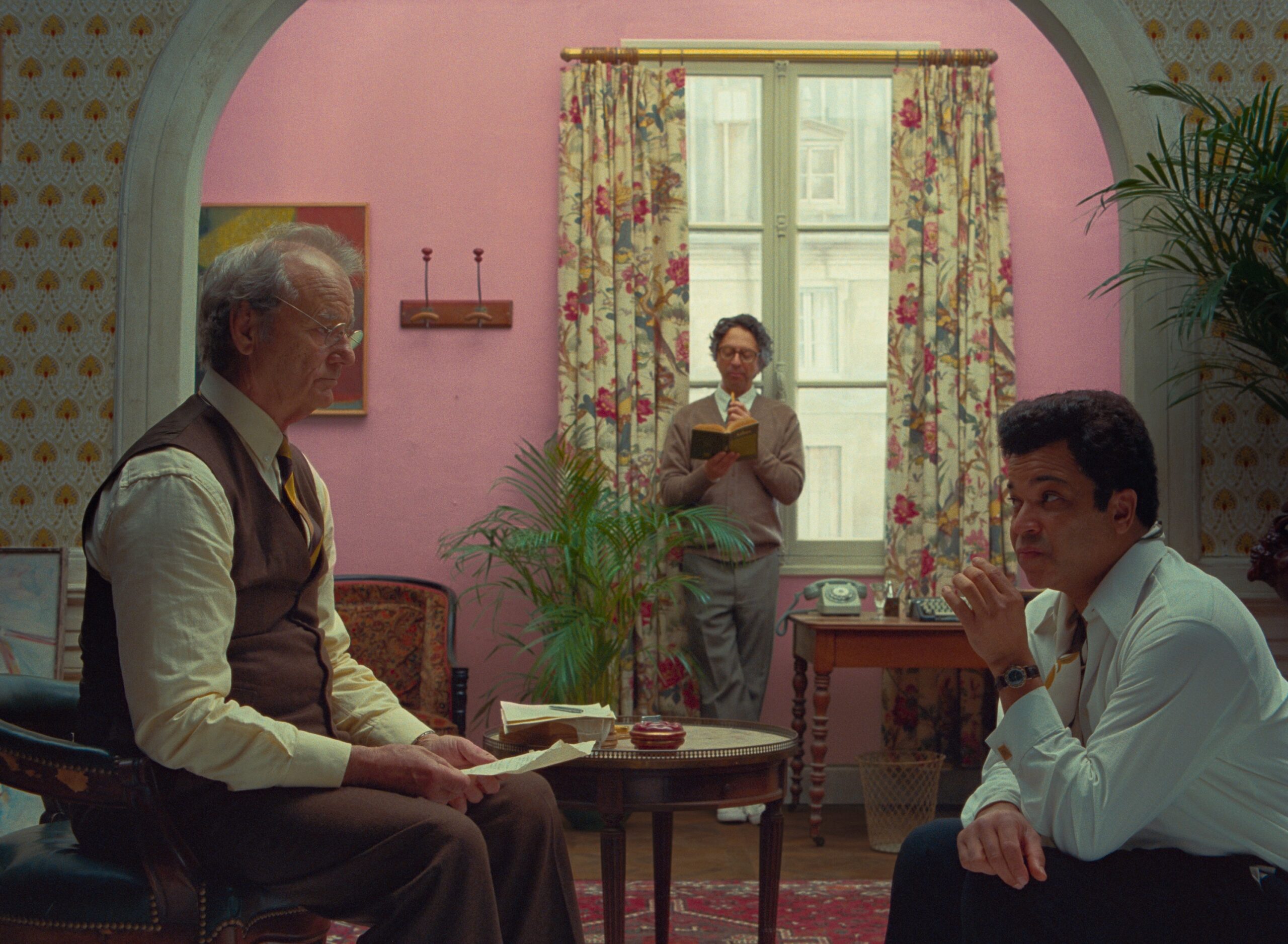
“Revisions of a Manifesto”, which marks Timothèe Chalamet’s first collaboration as part of the Anderson ensemble, follows suit acting as the third magazine feature. Chalamet dazzles in his role as Zefferelli, a zany, liberal arts activist who fits into Anderson’s world so effortlessly that it almost seems criminal he wasn’t introduced to the ensemble cast earlier. The final vignette of the anthology is the “The Private Dining Room of the Police Commissioner”, which cuts through the film’s fluff and fails to engage at points.
The most compelling feature of the film acts as a double-edged sword. When looking chronologically at Anderson’s work, his technical and visual aesthetic as an auteur has gradually become fine-tuned over the decades. However, within The French Dispatch, Anderson takes it to a new level that can deviate the viewer’s focus from the plot. Each frame is a minutely timed and coordinated movement, and whilst it is visually compelling, the visual features sometimes get muddled within the realm of confusion.
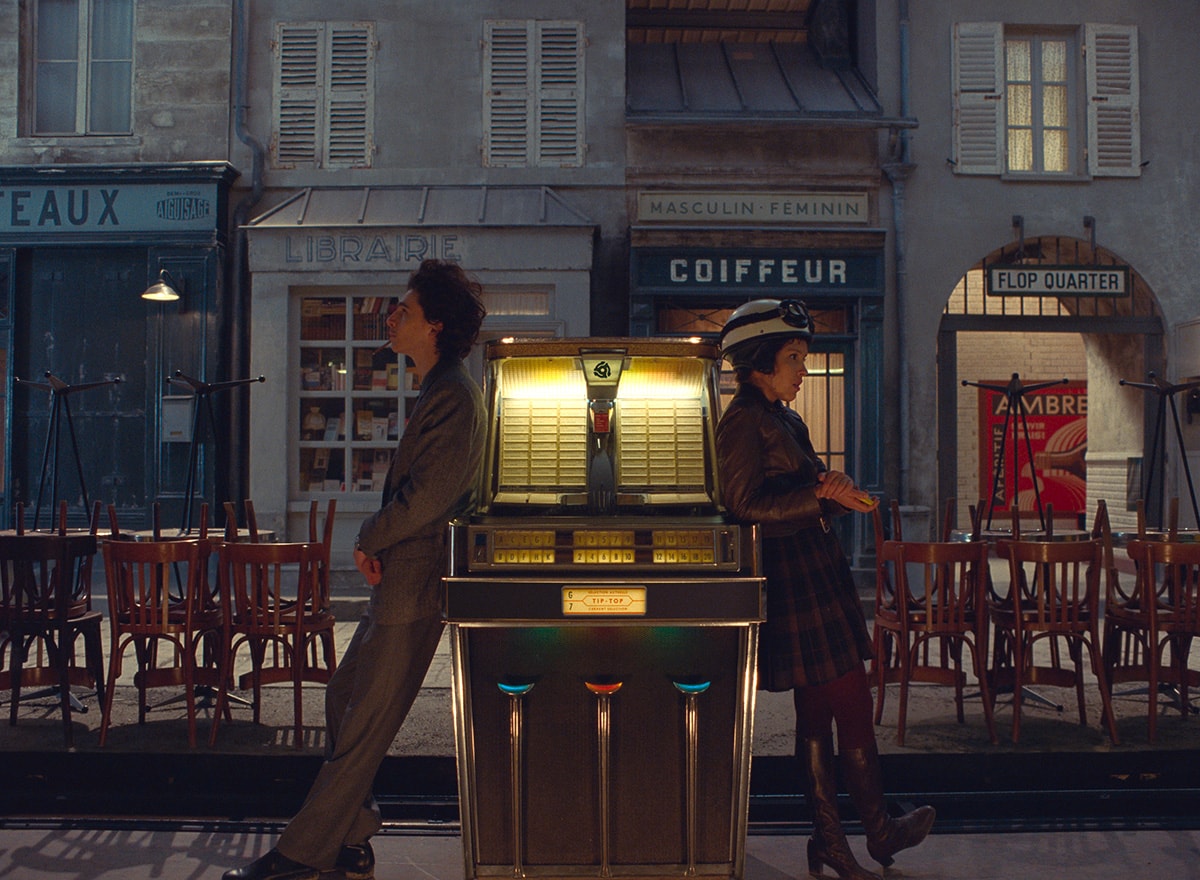
This weakness lies in the broader criticism of Anderson’s work as “style over substance”. However, it only illustrates Anderson’s ability to manipulate the medium. Each shot is carefully orchestrated, which is the charm of Anderson’s work. At no point is he trying to create a film; he is trying to pull you into his world, as fantastical and symmetrical as it may be. Yet, in doing so, sometimes Anderson’s quirky aesthetic turns into a visual noise that deters from the story, crossing the fine line from aesthetic to distraction.
It is evident that through The French Dispatch, Anderson challenges himself visually. The dream team of him and cinematographer Robert Yeoman saunter into new territory of focal grey-scale colour grading within frames. With a transfiguration between colour and black-and-white frames, which are perfectly applied throughout “The Concrete Masterpiece”, an exciting and compelling vision is used to emphasise the significance of sequences.
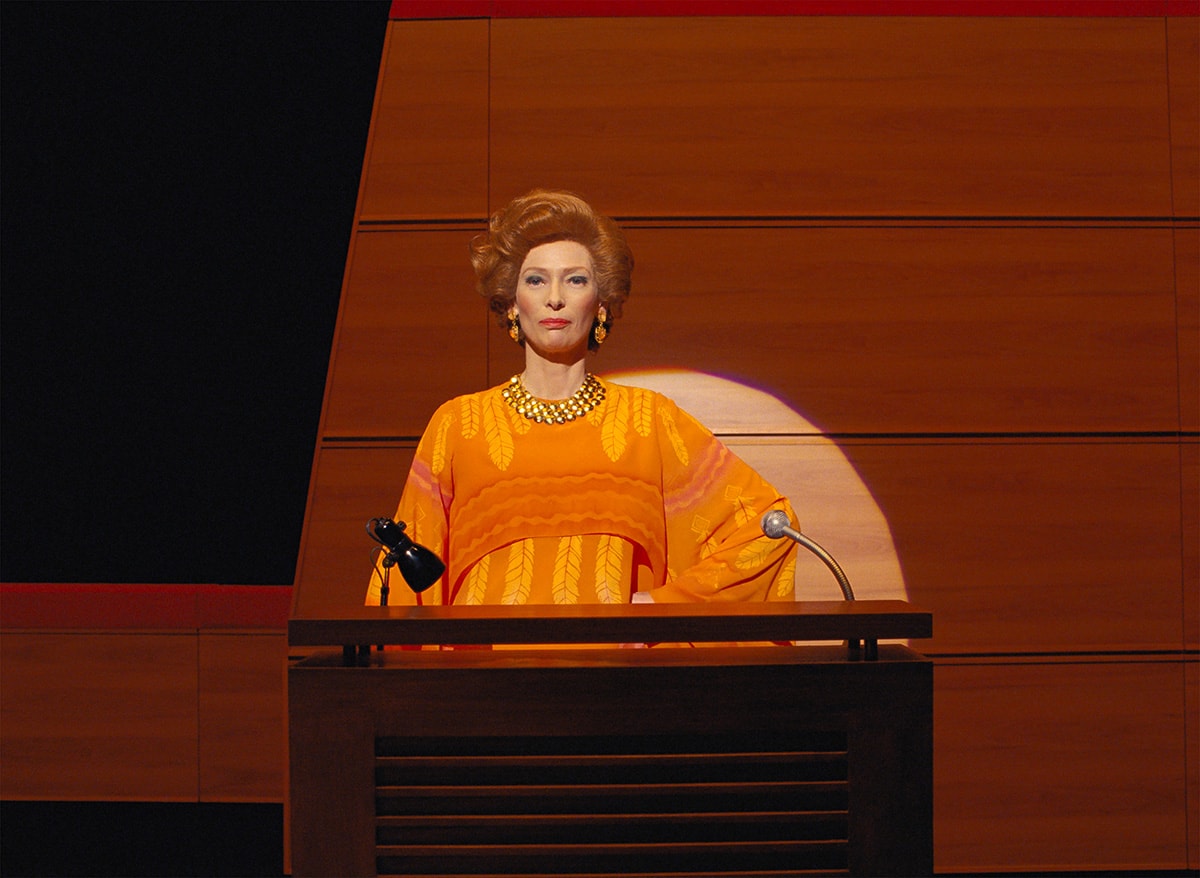
However, as the film progresses into “Revisions of a Manifesto” and “The Private Dining Room of the Police Commissioner”, the flippant swapping of frame colouring challenges the viewer to find any meaning in their usage other than Anderson’s want. If the film weren’t based on such intricate literary references, the connection between frame colours and narrative would be clearer. However, Anderson’s inability to demonstrate the clear relationship between colour grading and narrative distracts the viewer from the story.
The other standout feature of the film is Anderson’s effective integration of tableau vivant’s. As an auteur who acts on movement, Anderson proves he can create just as visually interesting a frame without motion. This aesthetic feature offers a much-needed variance in the overall temporality of the film. By slowing down significant frames, Anderson’s ability to block and pull the best out of his actors’ skills is highlighted, showcasing his talent, which can otherwise get lost in the visual noise of his frames.
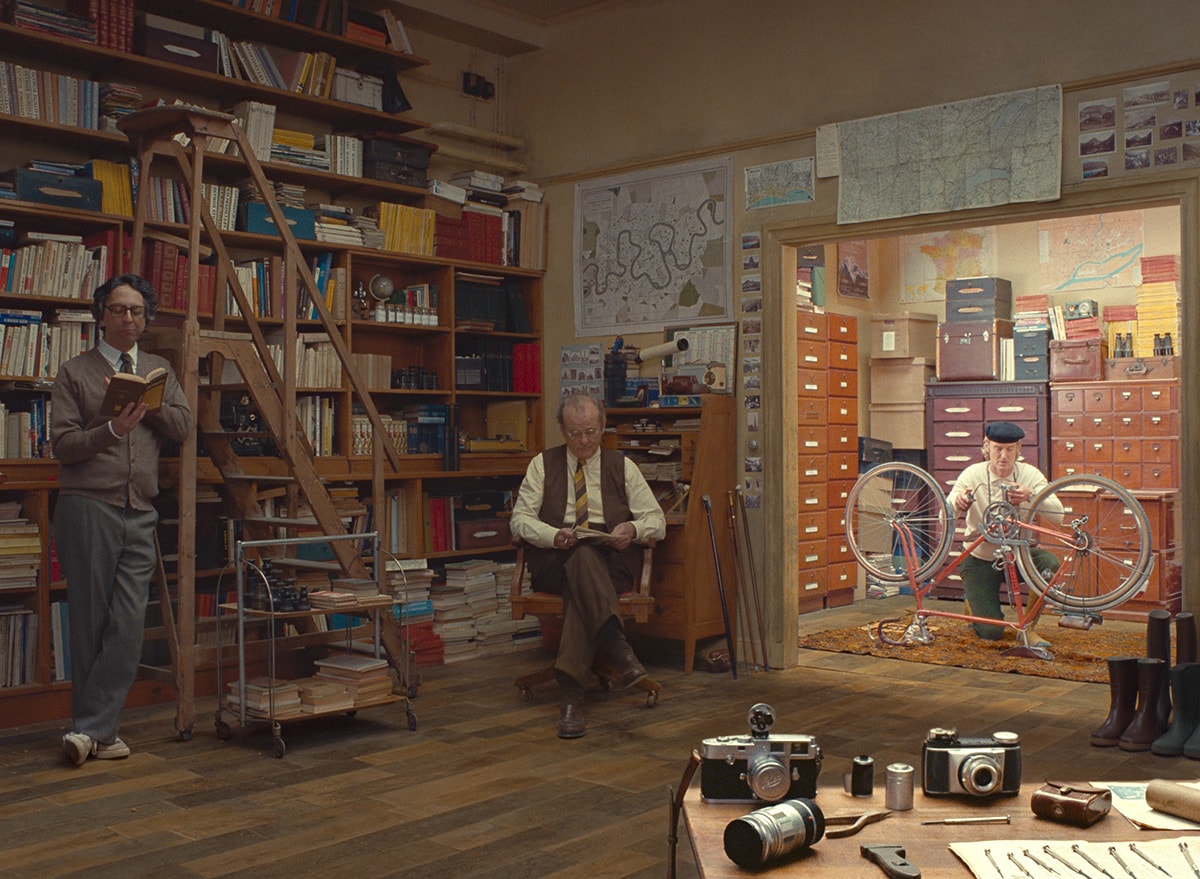
The French Dispatch is a sign of Anderson refining and challenging himself as a writer and director. However, this film cannot be consumed in isolation. It requires repeated viewings, external background research and contemplation so that appreciation of the true artistic intent behind the madness of Anderson’s whimsicality can be fully digested. The film’s charm rings in Anderson celebrating the feat of literary work. Not only does he manage to capture the passion of the period, but he manages to make magazines sexy again.
Fun Fact:
In casting Timothée Chalamet as Zeffirelli, Wes Anderson told GQ, “I never had the inconvenience of ever thinking of anybody else for this role even for a second.” The role was written specifically for him.


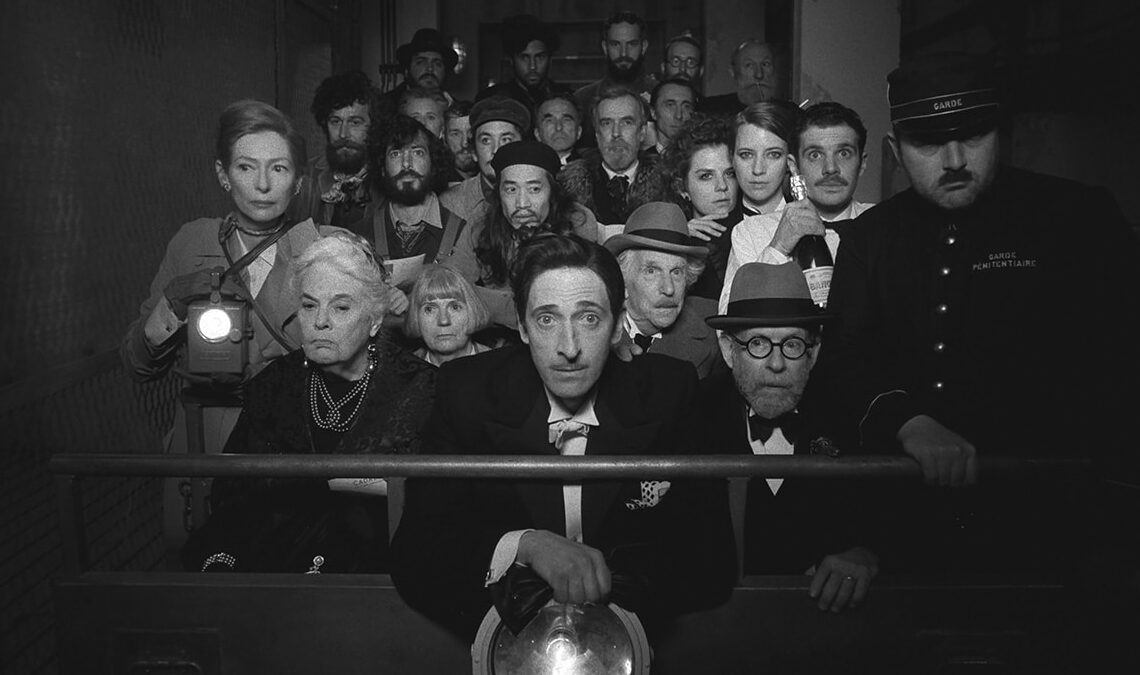

COMMENTS